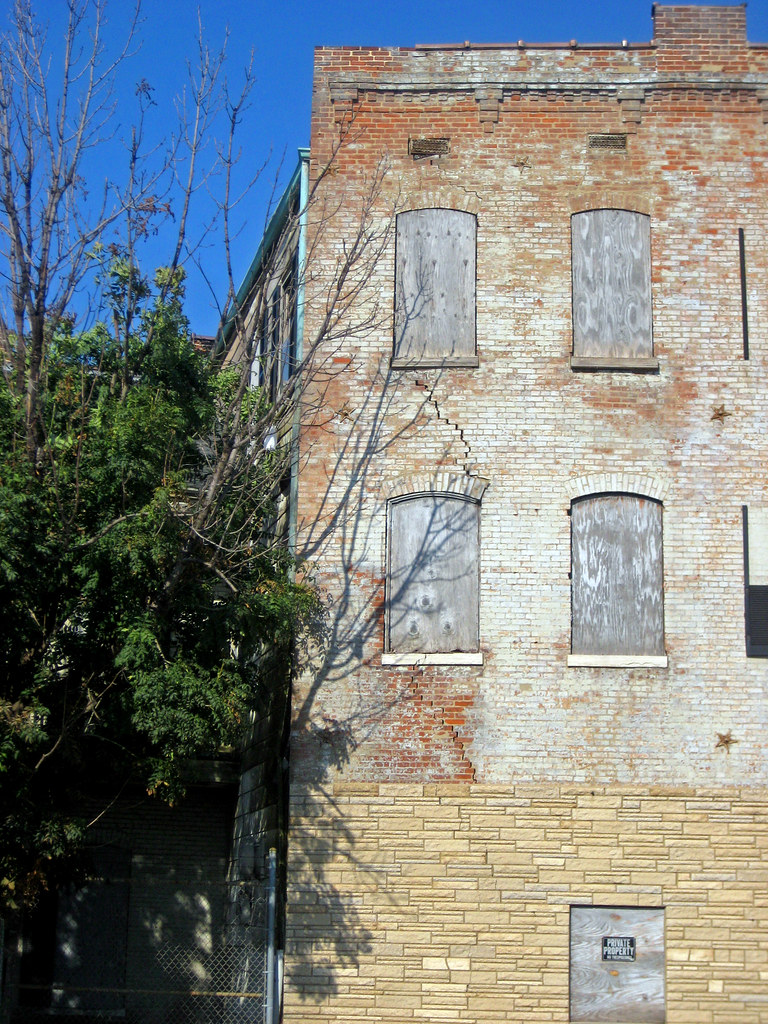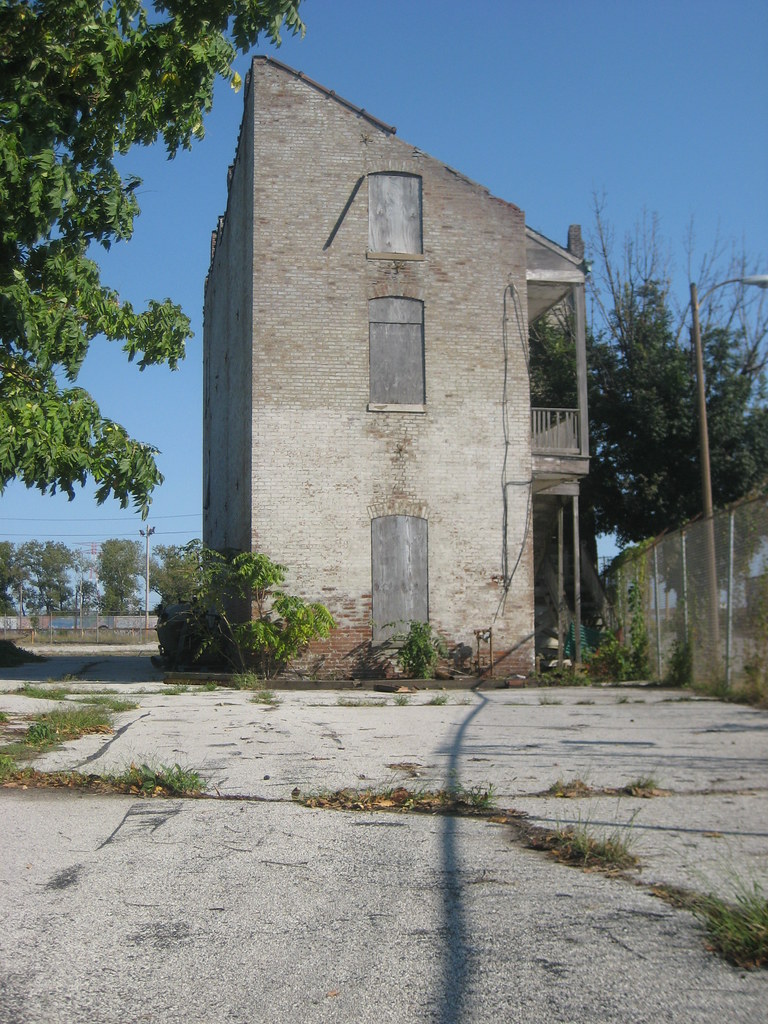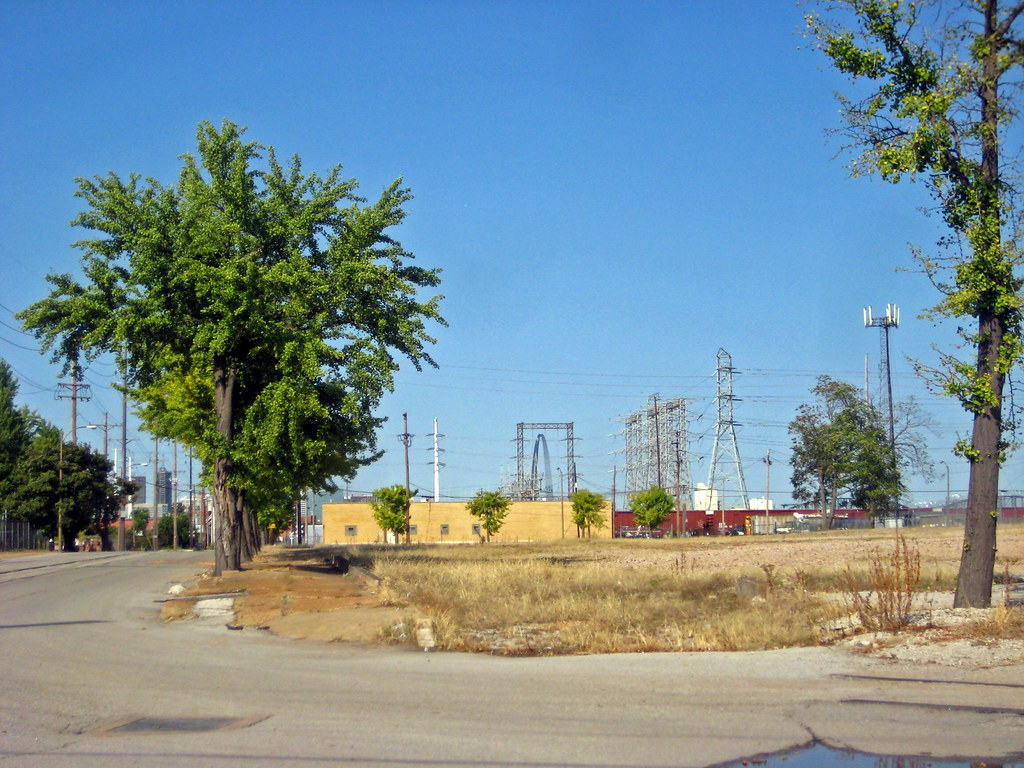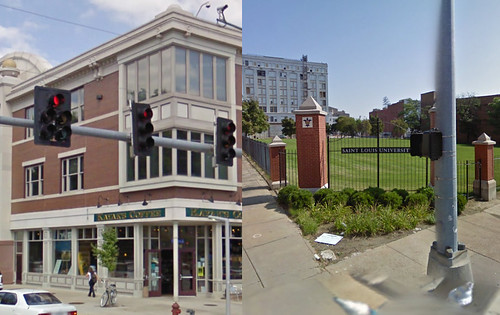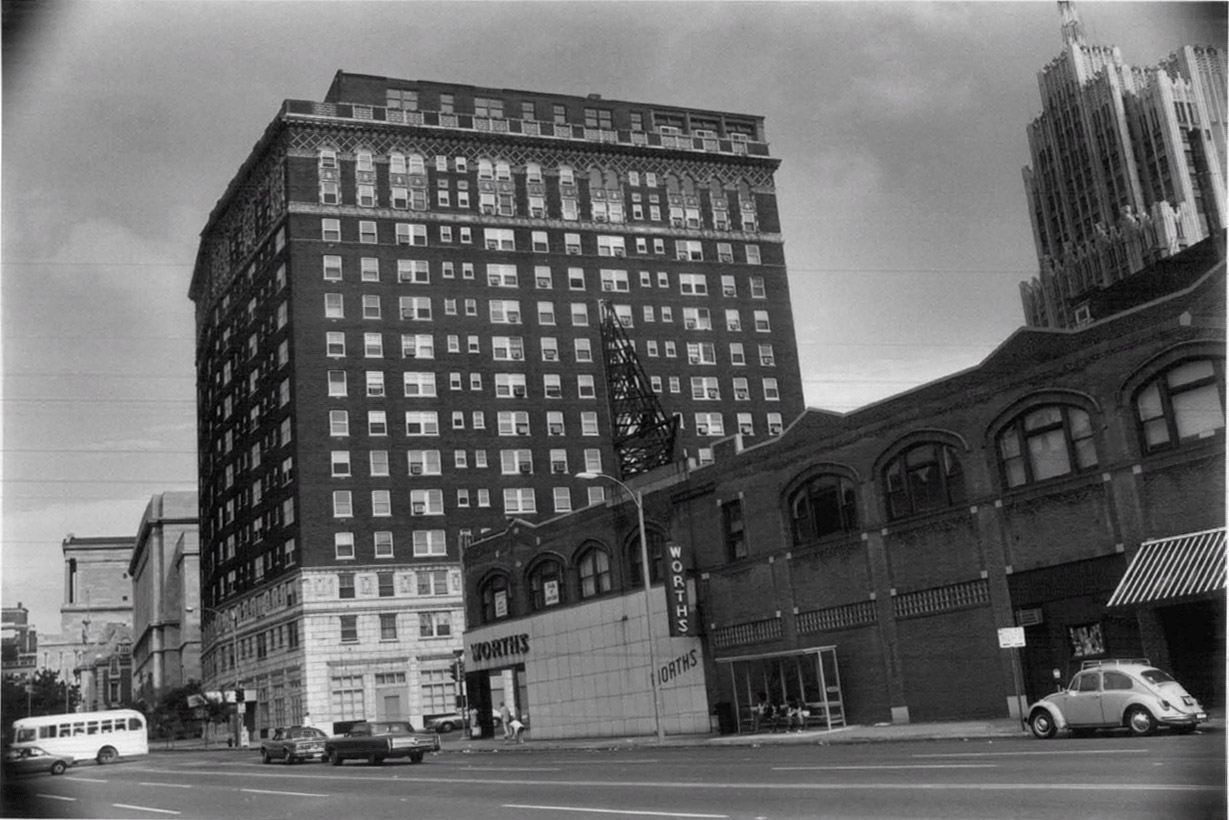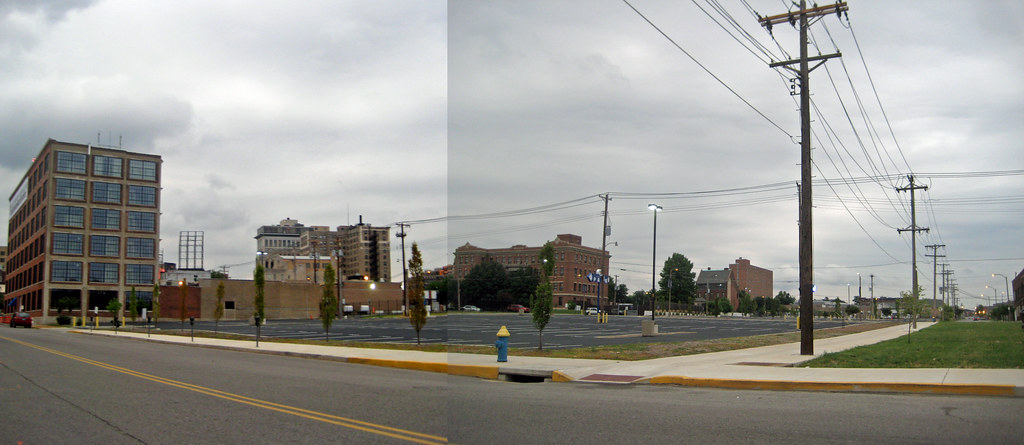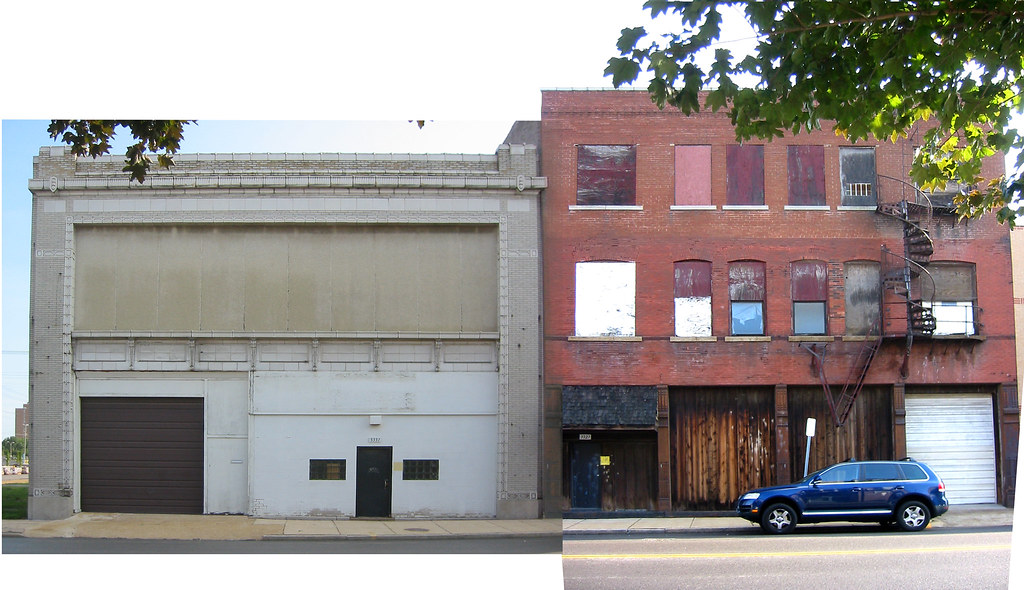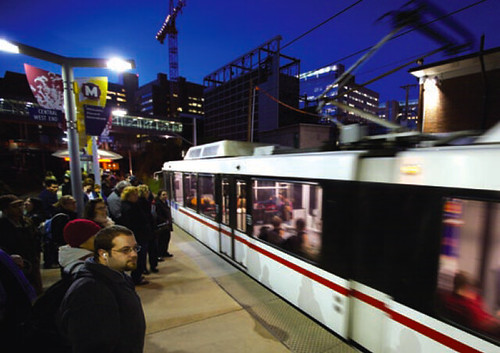 Last week SLU announced that construction will soon begin on a boutique hotel to be called Hotel Ignacio that it is developing in partnership with the Lawrence Group. The project, which involves renovation of a historic building dating from 1905 at the intersection of Lindell Boulevard and Olive Street, hopefully marks a dramatic change in direction from SLU's previous scorched earth techniques of dealing with properties around it's Midtown campus.
Last week SLU announced that construction will soon begin on a boutique hotel to be called Hotel Ignacio that it is developing in partnership with the Lawrence Group. The project, which involves renovation of a historic building dating from 1905 at the intersection of Lindell Boulevard and Olive Street, hopefully marks a dramatic change in direction from SLU's previous scorched earth techniques of dealing with properties around it's Midtown campus. The rendering of the hotel, which was first announced last year, accompanying last Thursday's press release on SLU's website shows a part of the project that is a refreshing surprise: the re-opening of a street that was closed off nearly 25 years ago. The block of Josephine Baker (historically known as Channing) between Olive and Locust was vacated as part of a historic renovation project in the mid 1980's which transformed the former Drake Plaza Hotel into apartments. SLU must have struck a deal with Kohner Properties, owner of the Drake Plaza Apartments to purchase the portion of the street which had been turned into parking for the apartments.
 The former Interiors Unlimited building at left will be transformed into the hotel. East of the building is a parking lot that SLU has been using as a through street to access the sea of parking to the north. This space will become the hotel's front door and drop-off. Next east, blocked by a couple of planters is the original street that will re-open.
The former Interiors Unlimited building at left will be transformed into the hotel. East of the building is a parking lot that SLU has been using as a through street to access the sea of parking to the north. This space will become the hotel's front door and drop-off. Next east, blocked by a couple of planters is the original street that will re-open. 
The opening of this long closed street now is sadly ironic since SLU closed the next block north of the same street between Locust and Washington in 2008 after demolishing the adjacent Locust Livery Stable in 2007. SLU apparently has no intension of re-opening this more recently closed section of Josephine Baker, as the hotel rendering shows what appears to be a sculpture garden and possibly a pavilion at the north end of this block. In essance, SLU will be trading one block of the street for another.
 East of the to-be re-opened street is the Drake Plaza Apartments which is composed of the former Drake Plaza Hotel and what is commonly known as "the pink building". Between these two was a strange angled one-block mini boulevard known as the Lindell Cut-off that was constructed in 1915 (photo from The Problems of St. Louis by Harland Bartholomew of the City Plan Commission.) Unfortunately the mid-1980's renovation project also resulted in the closure and vacation of Leonard Avenue between Olive and Locust.
East of the to-be re-opened street is the Drake Plaza Apartments which is composed of the former Drake Plaza Hotel and what is commonly known as "the pink building". Between these two was a strange angled one-block mini boulevard known as the Lindell Cut-off that was constructed in 1915 (photo from The Problems of St. Louis by Harland Bartholomew of the City Plan Commission.) Unfortunately the mid-1980's renovation project also resulted in the closure and vacation of Leonard Avenue between Olive and Locust.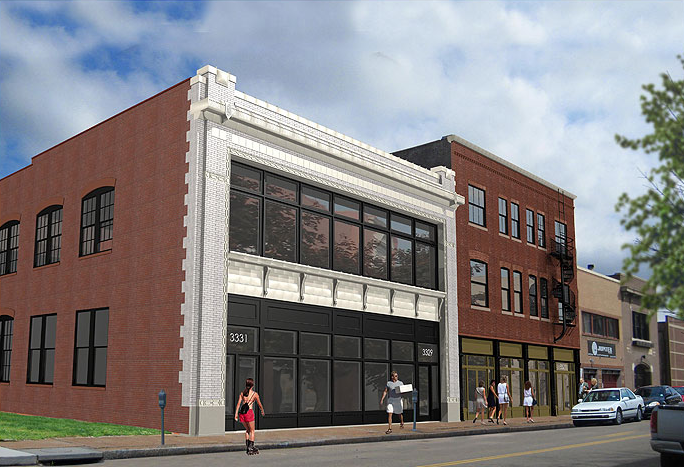
Also mentioned in the press release is another positive development, the rehabilitation of two buildings on Locust just east of Josephine Baker into 25 apartment lofts and flats (rendering above). After the demolition of the Livery Stable, many feared that these buildings would be next to fall for additional parking lots. Like the hotel, this project also is the result of a partnership between SLU and the Lawrence Group. Both the hotel and apartment building will contain leasable tenant spaces which with the Hotel and apartments will add to the vitality of the Midtown Alley district. Steve Smith of the Lawrence Group was already well invested in the block that will contain the new hotel with the Triumph Grill and the Moto Museum, which houses Smith's amazing collection of motorcycles.
On the east end of the block where the new apartments will be located SLU had made a major investment in a large one story building at 3301 Locust. The building had apparently been in poor condition for some time, and the entire roof structure and front wall were re-built in 2008. Unfortunately, the entire front wall is solid stucco with no windows and only a couple of garage doors. As the pre-construction photo above shows, the storefronts had already been bricked-in, but instead of opening up the front and creating commercial lease spaces which would have helped extend the amazing transformation of Locust that has occurred along several blocks to the east. Instead, the building is apparently used only for storage.
 The lifeless re-built facade of 3301 Locust. Take another look at the historic photo above. The storefront building with awnings at the right edge of the photo is the same building.
The lifeless re-built facade of 3301 Locust. Take another look at the historic photo above. The storefront building with awnings at the right edge of the photo is the same building.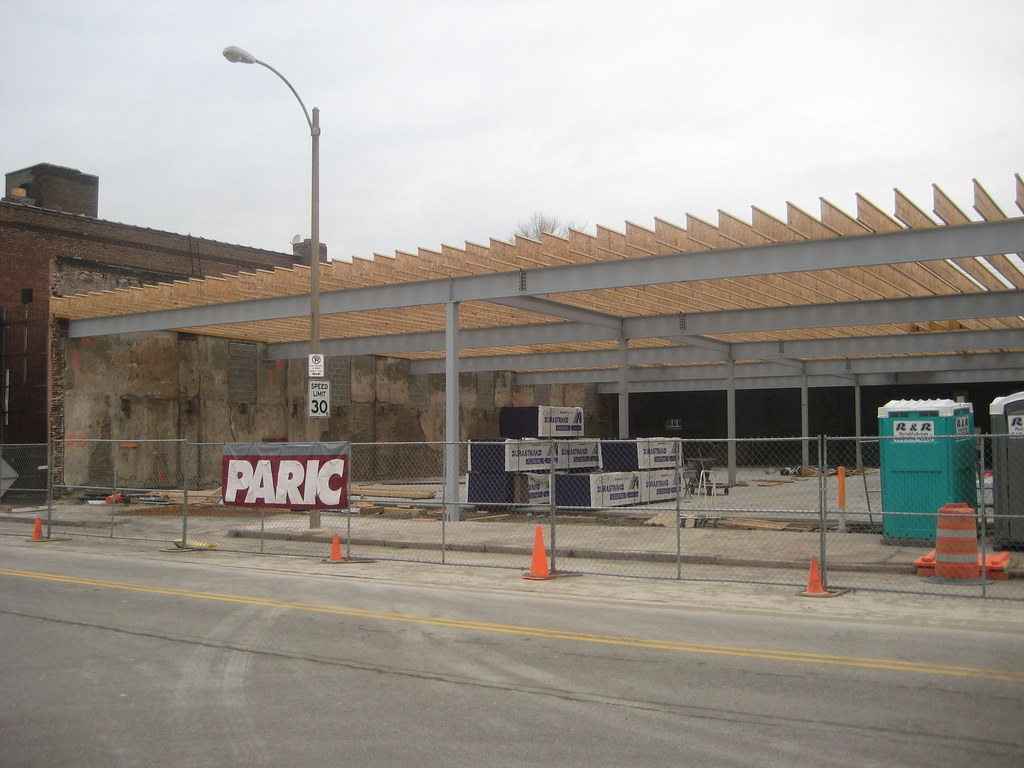 It is strangely ironic that SLU spent so much money literally re-building this building after demolishing the Livery Stable just one block west which was in fairly good condition.
It is strangely ironic that SLU spent so much money literally re-building this building after demolishing the Livery Stable just one block west which was in fairly good condition.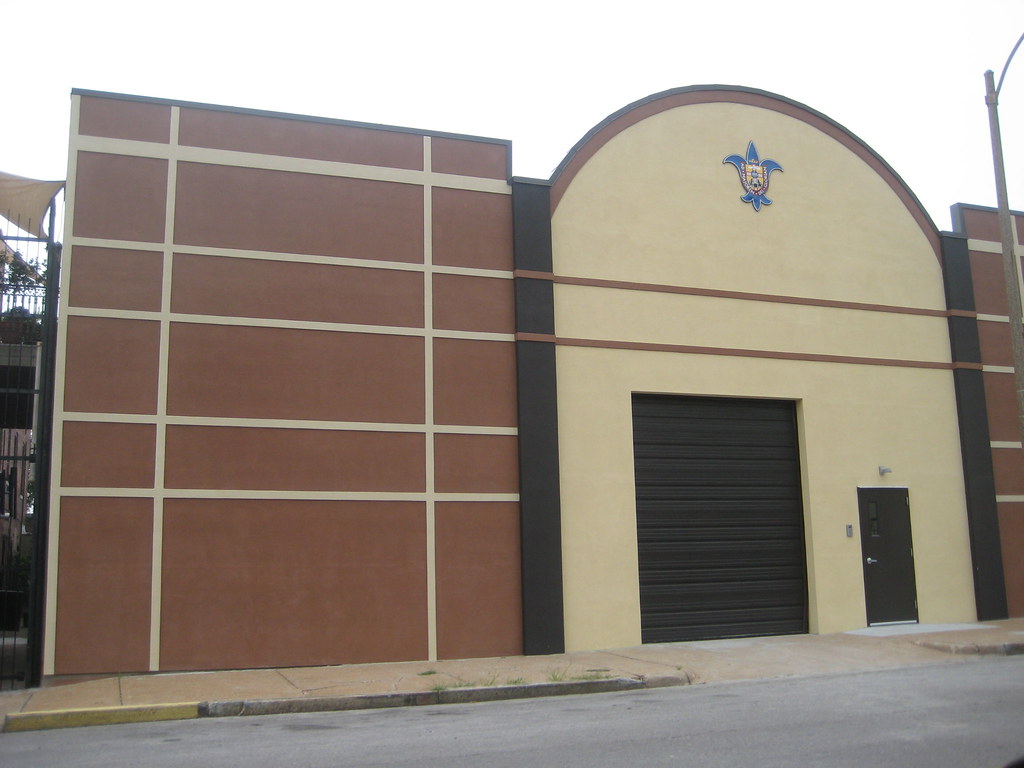 A close-up of the facade at 3301 Locust. Fortunately, it would be fairly easy for SLU to reverse the decision to create a solid wall here, continue what is hopefully a radical shift in development strategy and put in new storefronts to enliven the street.
A close-up of the facade at 3301 Locust. Fortunately, it would be fairly easy for SLU to reverse the decision to create a solid wall here, continue what is hopefully a radical shift in development strategy and put in new storefronts to enliven the street.









